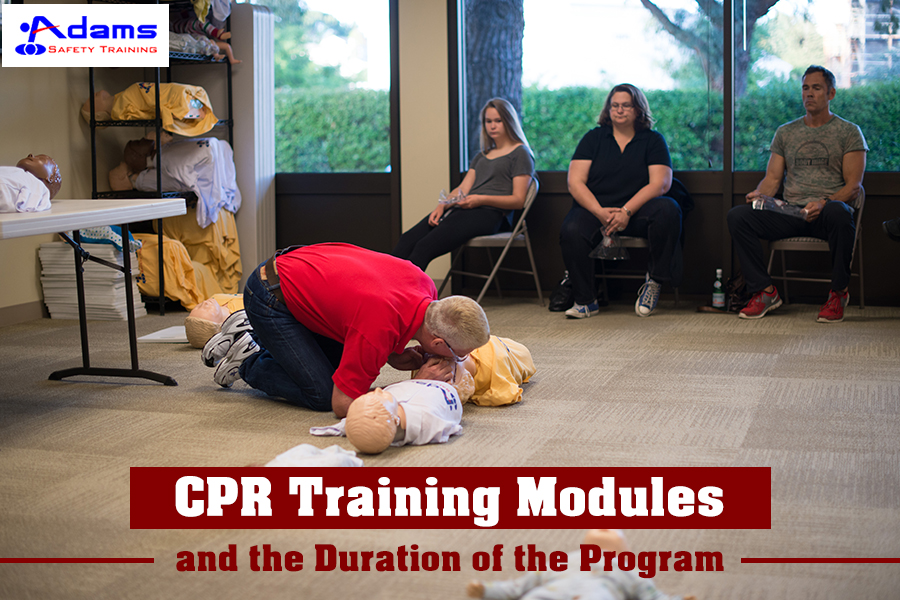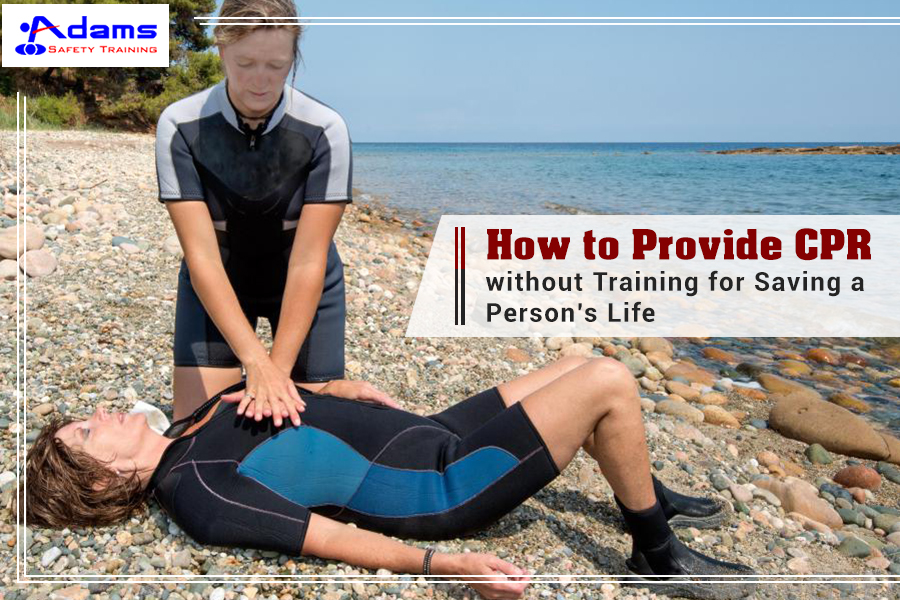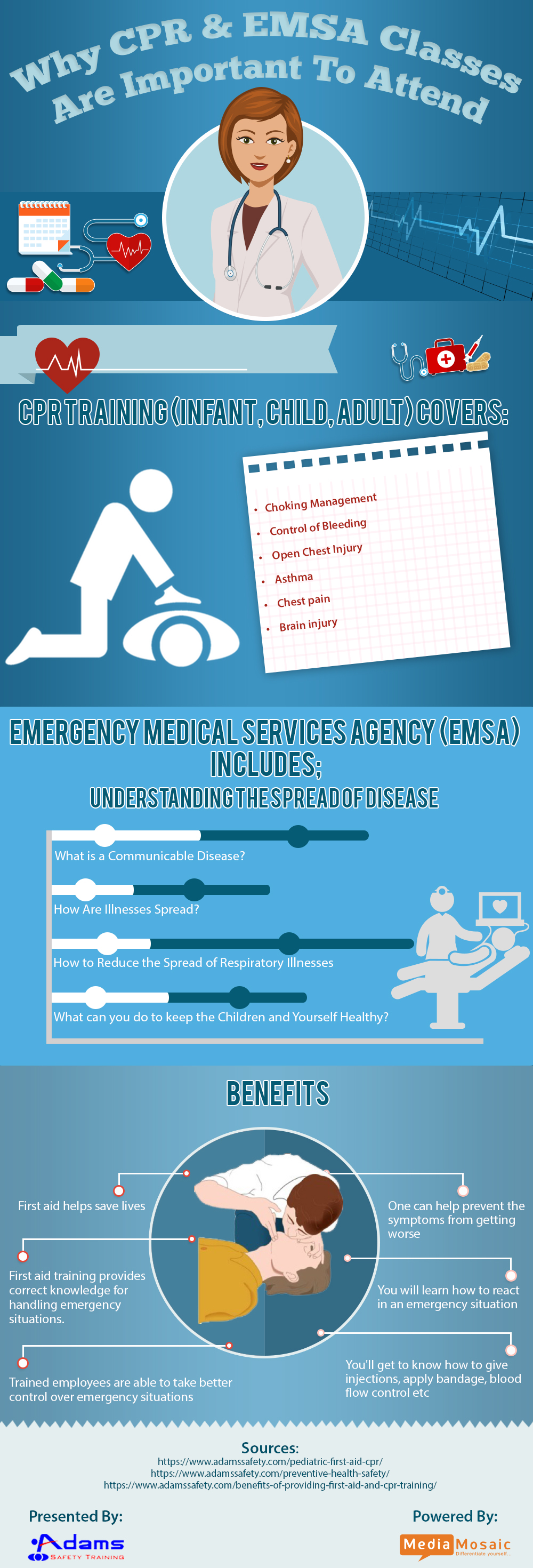Cardiopulmonary Resuscitation (or CPR) training is a very effective medical practice around the world. All hospitals in the U.S. mandatorily require nurses and nursing students to know about CPR/BLS.Most Hospitals and medical school will only accept students who have the CPR/BLS training from the American Heart Association. There are Training Centers across the U.S. providing CPR training programs. Those who seek for CPR training in Petaluma can always contact Adams Safety Training representatives to get more details about the process.

American Heart Association training classes offered by Adams Safety Training
• Adult and Pediatric First Aid/CPR – Simulation Learning
• Adult and Pediatric First Aid/CPR – Classroom Program
• Adult First Aid/CPR – Classroom Program
• Adult First Aid/CPR – Simulation Learning
• Adult and Pediatric CPR/AED – Classroom
There are other institutes for CPR training in Petaluma that can provide you certification for this course. The course duration generally 4 hours, comprises of 2 hours for first aid, and the next 2 for CPR. Once a person is able to complete the course, he becomes eligible to get the certification. Do remember here that any shorter program will not be a genuine program, and may only dupe you going forward. Learn from the experts, and become one yourself within a matter of time.





